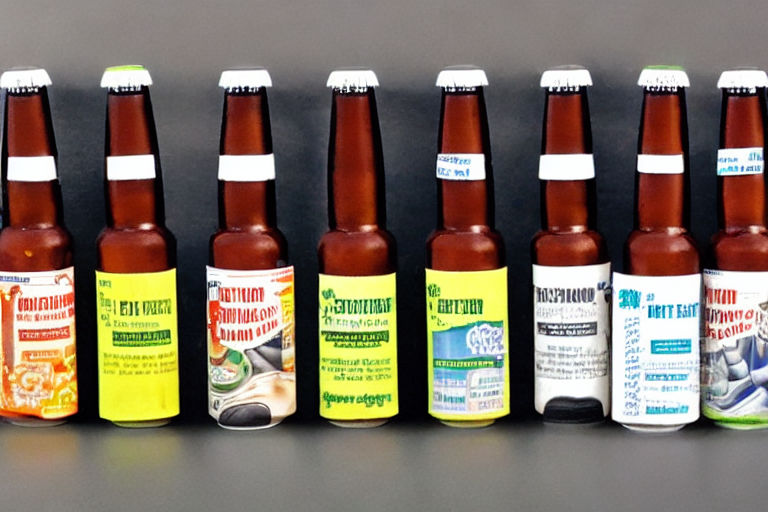From Sweet to Spicy: How to Build Flavor Profiles in Your Sauces and Dressings
Whether you’re cooking at home or running a restaurant kitchen, sauces and dressings are the key to taking your dishes to the next level. But creating a flavor-packed sauce or dressing can be a challenge, especially if you’re new to the world of flavor profiles. If you’re looking to add some depth to your culinary creations, here’s what you need to know about building flavor profiles in your sauces and dressings.
Starting with the Basics
Before you start experimenting with exotic spices and ingredients, it’s important to have a good grounding in the basic components of flavor. Every sauce or dressing should have these basic components:
- Acid: This adds brightness and freshness to your sauce. Common acids include vinegar, lemon juice, and lime juice.
- Salt: This enhances other flavors and brings out the natural flavors of the ingredients in your sauce.
- Fat: This adds richness and texture to your sauce. Common sources of fat for sauces include olive oil, cream, and butter.
- Sweetness: This can come in the form of honey, sugar, molasses, or fruit juices. Sweetness can balance out saltiness and acidity, and add depth to your sauce.
Layering Flavors
Once you have a good foundation of basic flavors, you can start layering in more complex tastes. Here are some tips for doing this successfully:
- Start simple: Don’t try to cram in every flavor under the sun. Start with one or two additional flavors and build from there.
- Pair complementary flavors: If you’re adding a new flavor, consider what other flavors it will play nicely with. For example, if you’re adding a spicy element, you may want to balance it out with a touch of sweetness.
- Experiment with textures: A good sauce or dressing should have a pleasing texture as well as flavor. Consider adding crunchy elements such as nuts or seeds, or pureeing ingredients to create a smoother texture.
Examples of Flavor Profiles
Now that you know the basics of building flavor profiles, here are some examples to get you started:
- Classic Vinaigrette: Combine olive oil, vinegar, Dijon mustard, and a touch of honey for a balanced and versatile dressing that pairs well with salads or roasted vegetables.
- Buffalo Sauce: Mix hot sauce, melted butter, and a touch of garlic powder for a tangy, spicy sauce that’s perfect for wings or vegetables.
- Tahini Dressing: Whisk together tahini, lemon juice, garlic, and water to create a creamy, nutty dressing that’s ideal for drizzling over roasted vegetables or grain bowls.
Remember, creating a good sauce or dressing is all about balance. Play around with ingredients and flavors until you find the perfect combination for your dish. Happy cooking!



